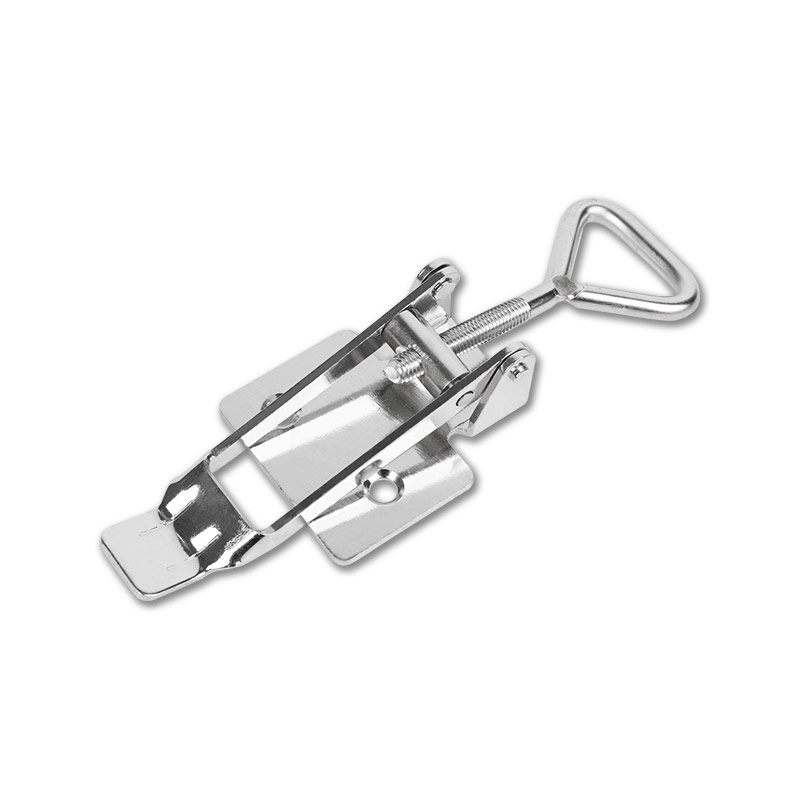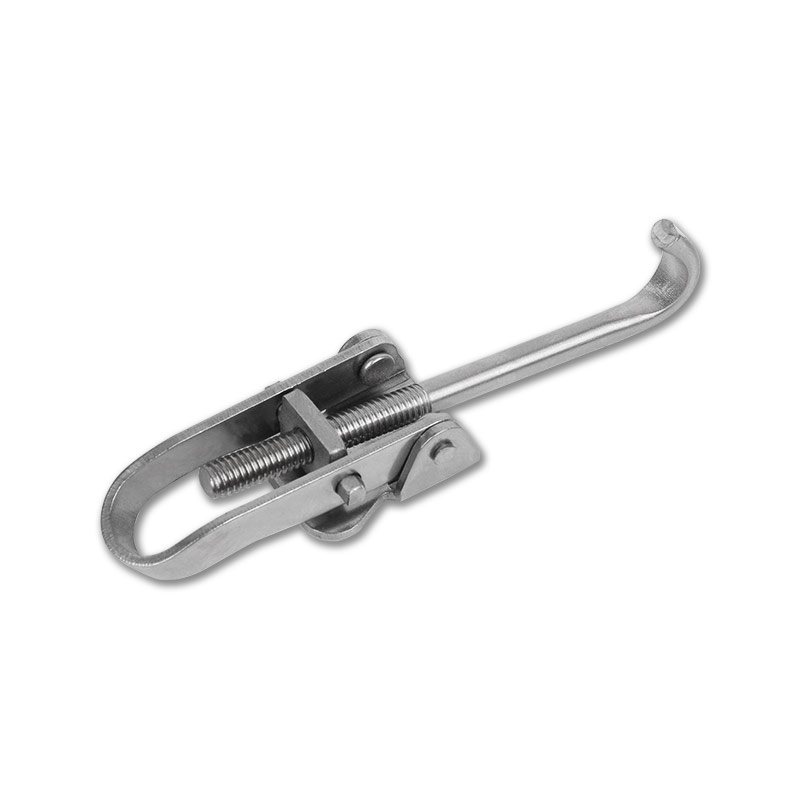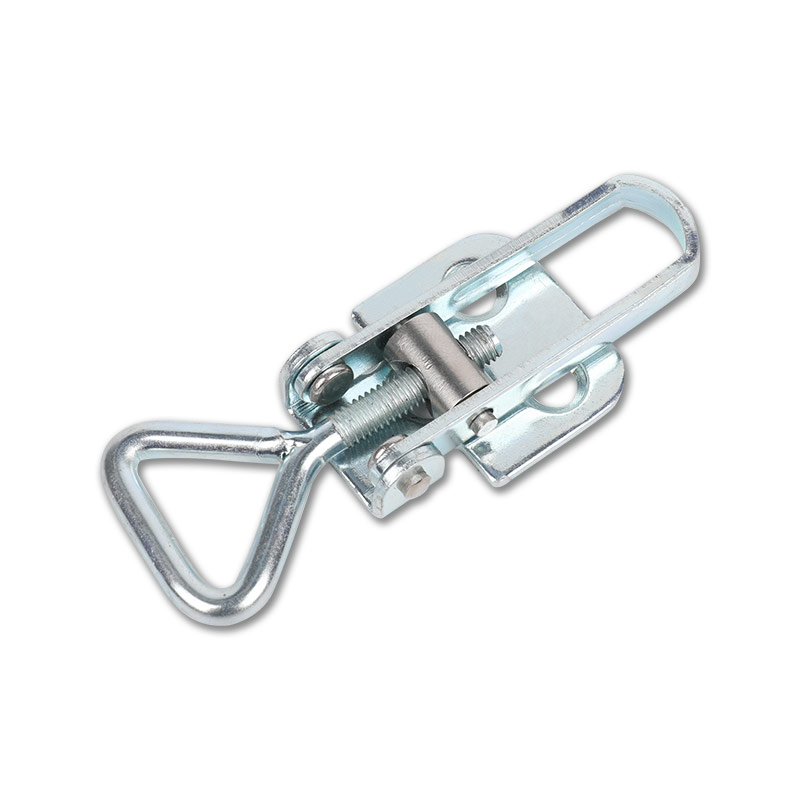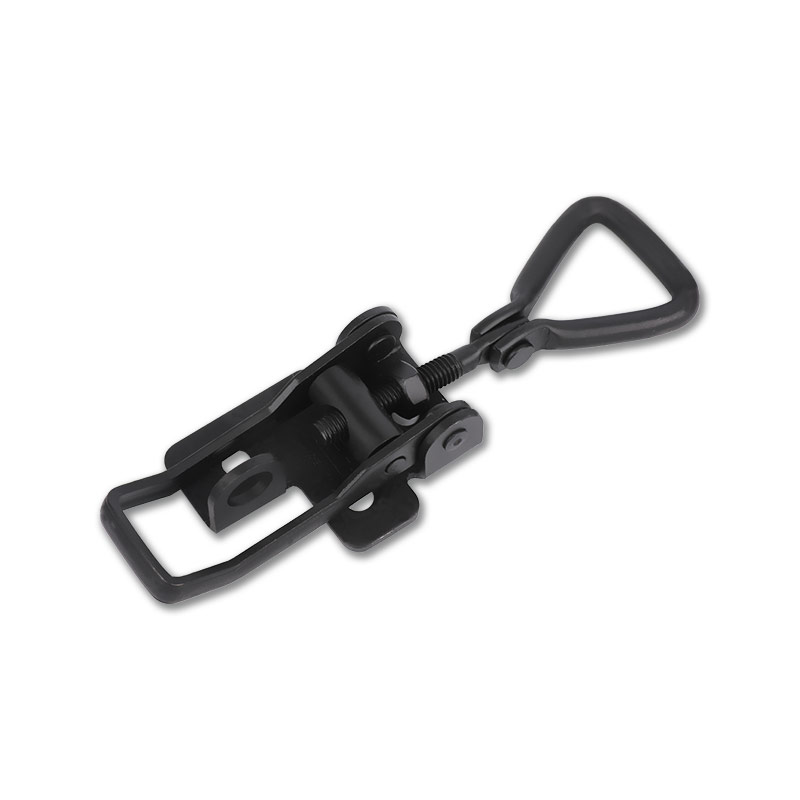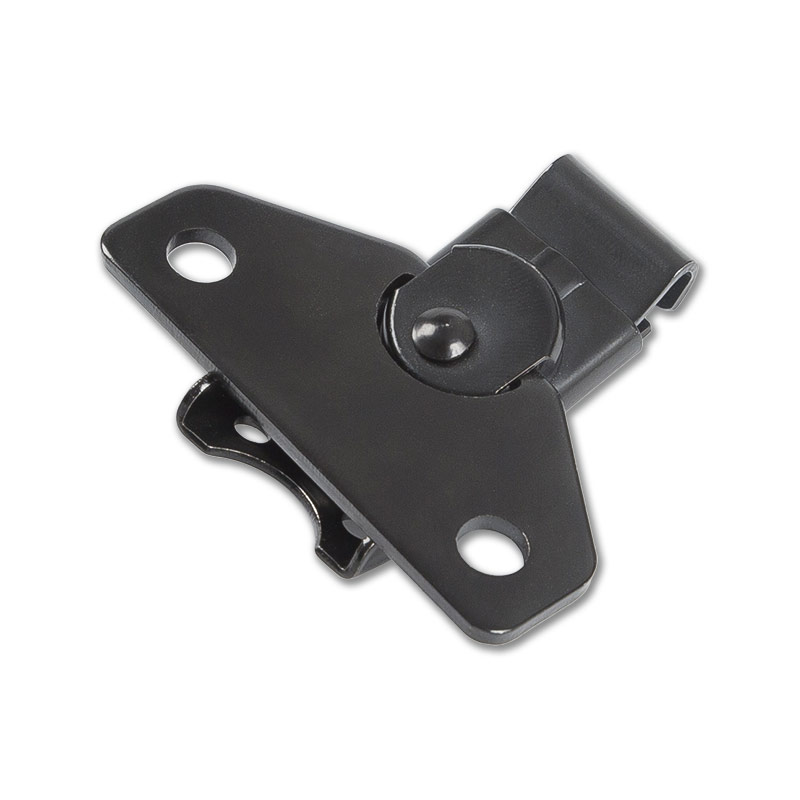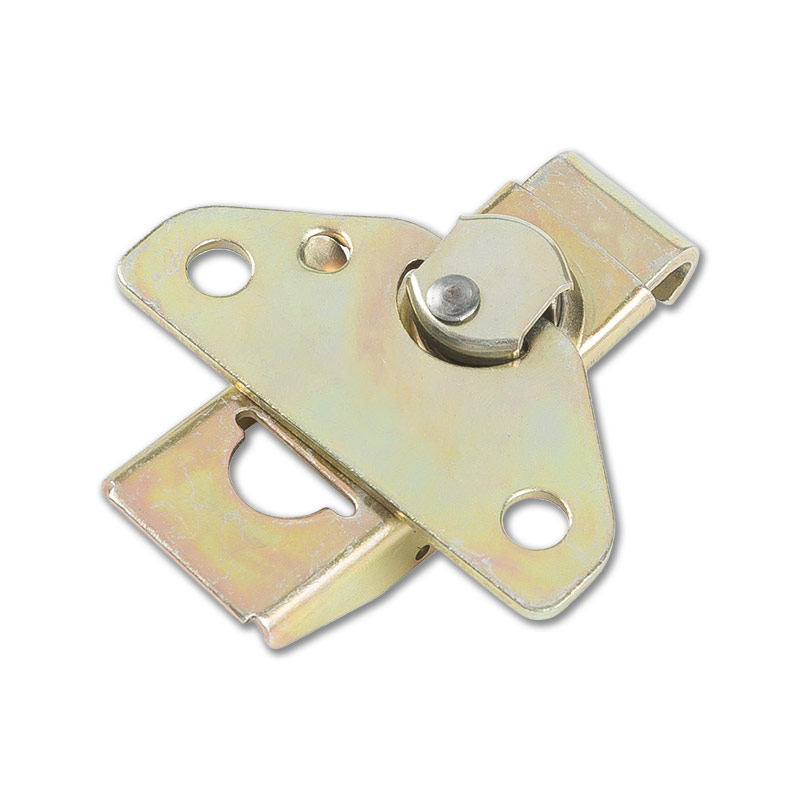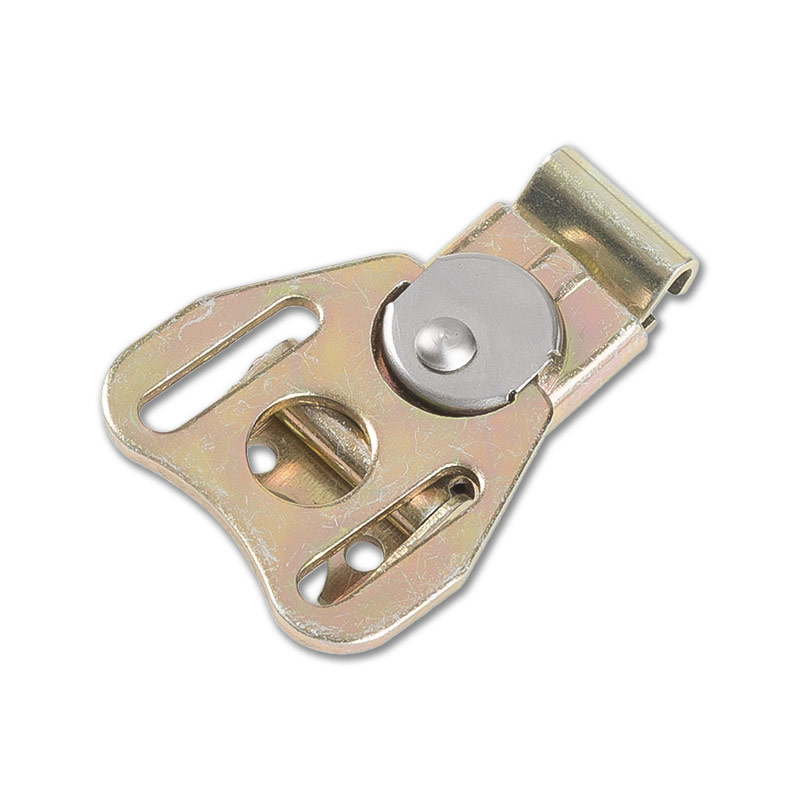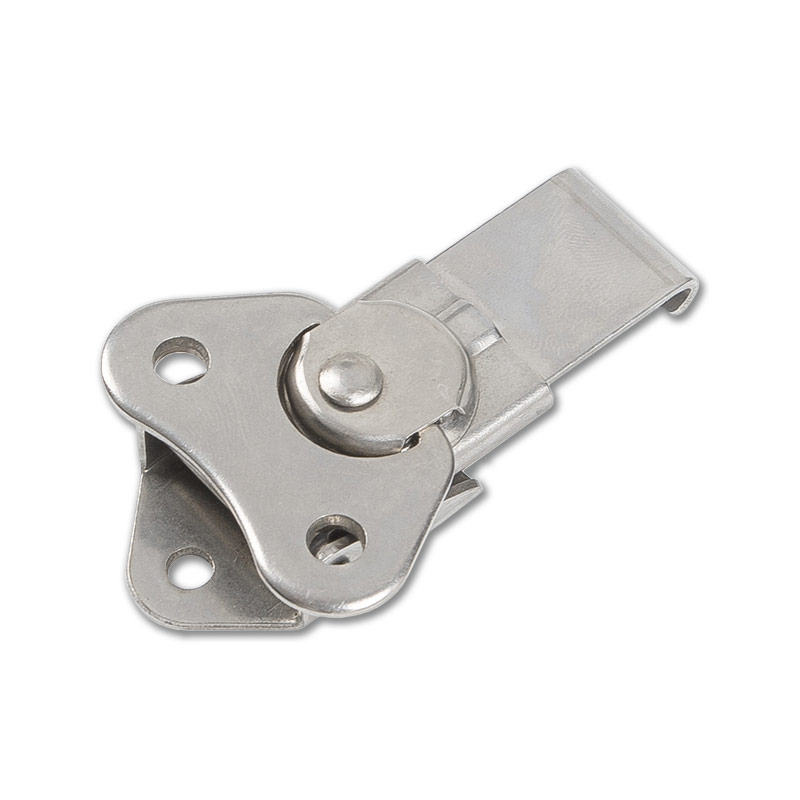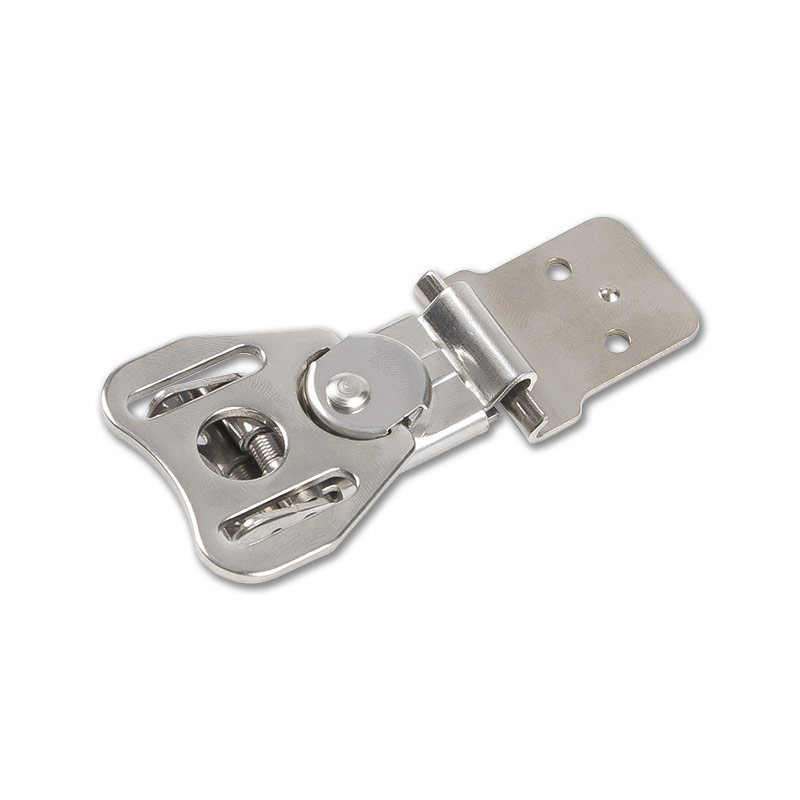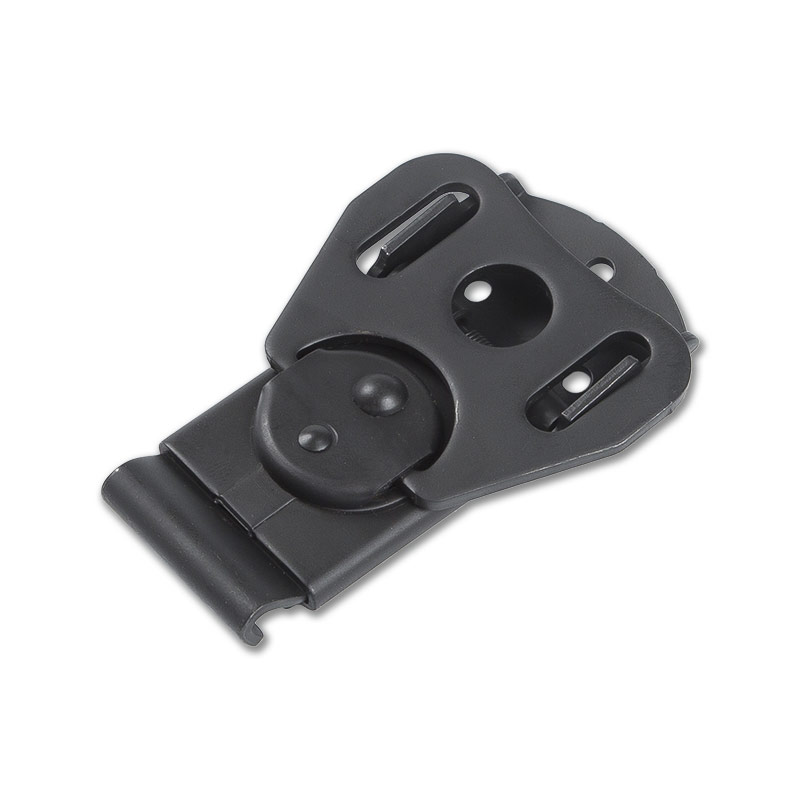Choosing the right caster wheel for your application requires considering several factors. Here are some key points to keep in mind:
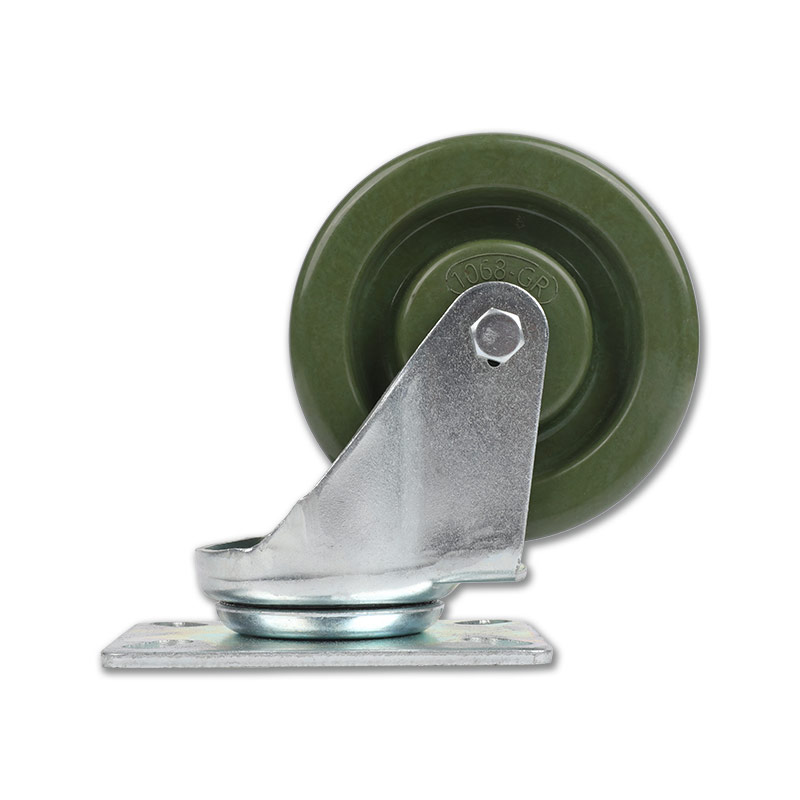

Load Capacity: Determine the maximum weight the caster wheel will need to support. Ensure that the chosen caster has a weight capacity that exceeds your application's requirements. It's advisable to consider a safety margin to account for any unexpected loads or variations.
Wheel Material: Different wheel materials offer varying characteristics such as durability, floor protection, noise reduction, and resistance to chemicals or extreme temperatures. Common wheel materials include rubber, polyurethane, nylon, and metal. Select a material that suits your application's specific needs.
Floor Surface: Consider the type of surface the caster will roll on, such as concrete, tile, carpet, or hardwood. Softer wheels like rubber or polyurethane are often suitable for hard surfaces, while harder wheels like nylon or metal may be better for carpeted areas.
Wheel Diameter: The wheel diameter affects the ease of rolling and the ability to navigate obstacles. Larger wheels generally roll more easily and smoothly over uneven surfaces or thresholds. However, they may require more space and have reduced maneuverability in tight areas.
Swivel or Rigid: Determine whether you need a swivel or rigid caster. Swivel casters allow for omnidirectional movement, making them ideal for applications that require maneuverability. Rigid casters only roll in a straight line and are suitable when movement in a single direction is sufficient.
Mounting Type: Consider the mounting method that suits your application. There are various mounting options, such as plate mount, stem mount, and bolt-hole mount. Ensure compatibility with your equipment or furniture.
Environmental Factors: Evaluate any environmental factors that could impact the caster's performance, such as moisture, chemicals, extreme temperatures, or outdoor usage. Choose casters with appropriate seals, coatings, or specialized materials to withstand these conditions.
Ergonomics and Noise: If your application involves frequent pushing, pulling, or maneuvering, consider casters with ergonomic features like reduced rolling resistance or shock absorption. Additionally, noise levels can be a concern in certain environments, so look for casters designed for noise reduction if necessary.
Cost and Quality: Consider your budget while also ensuring you select high-quality casters suitable for your specific application. Investing in durable and reliable casters can save you money in the long run by reducing maintenance and replacement costs.
Remember to consult manufacturer specifications, recommendations, and customer reviews when selecting caster wheels. Additionally, reach out to suppliers or industry experts who can provide guidance based on their expertise.

 English
English Español
Español